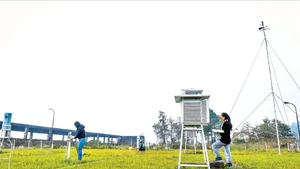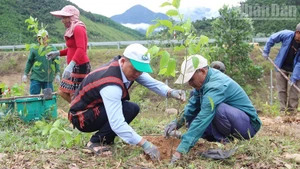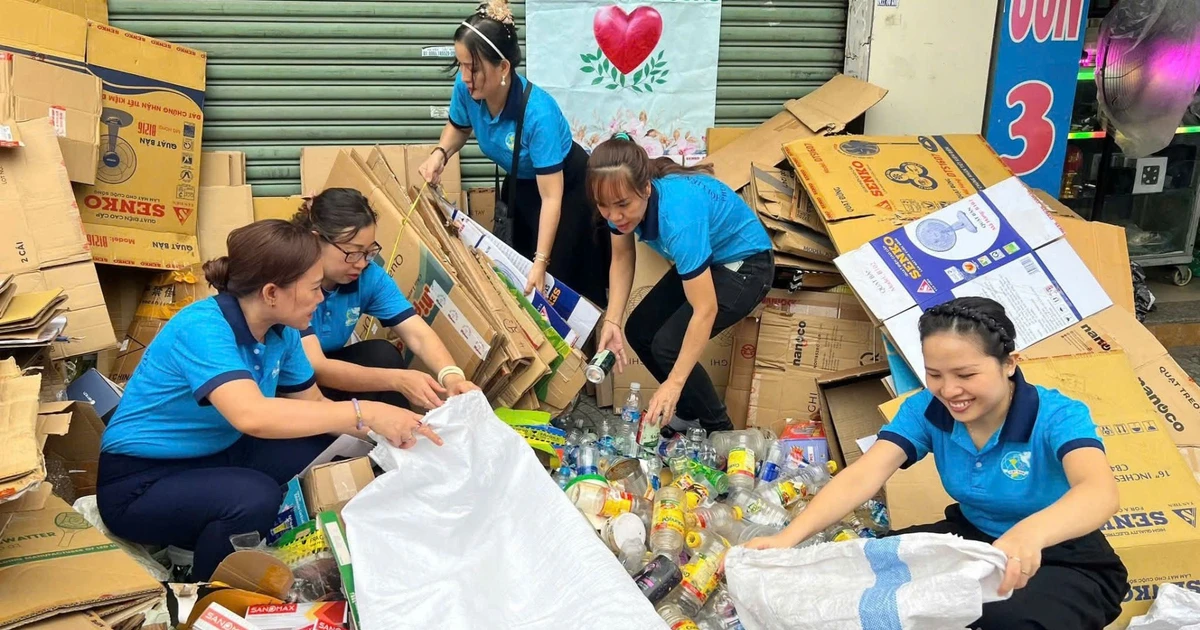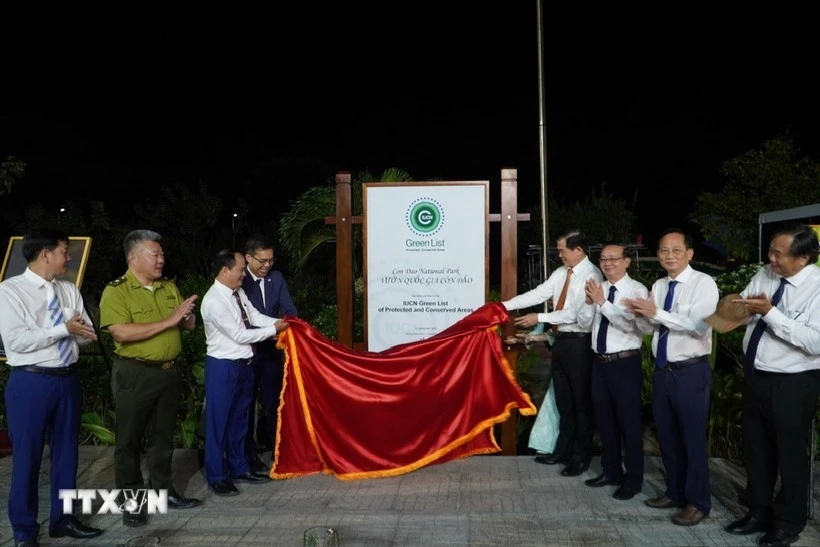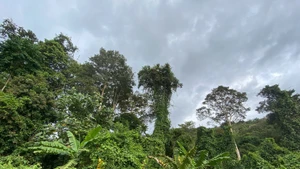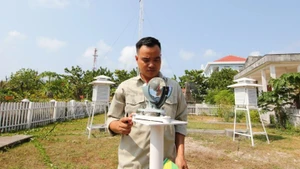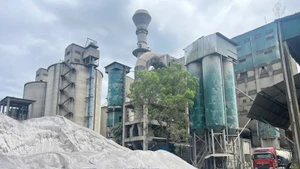The planning scheme aims to ensure water security in the river basin, and reserve, regulate and distribute water sources in a fair, sustainable, and efficient manner to serve socio-economic development, ensure defence-security, and environmental protection. It also includes the building of a roadmap to restore degraded, depleted, and polluted water sources; and construction a data system for the sector given the country’s digital transformation process.
As per the freshly approved document, by 2030, 100% of cross-border flow monitoring sites will be monitored virtually and automatically, while the entire inter-provincial water sources will have their waste water receiving and load capacity made public. In addition, all urban waste water will be treated meeting national standards, before being discharged into water sources and public drainage systems.
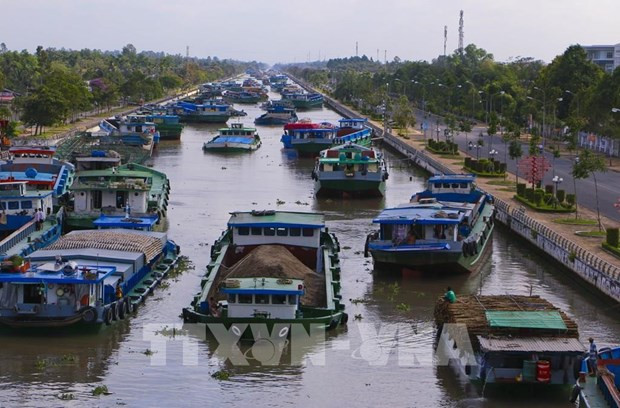 |
| Waterway transport means on Xa No canal's section crossing Vi Thanh city, Hau Giang province. (Photo: VNA) |
Following the pact, the exploitation and use of water in and the discharge of waste water into the Mekong river basin are expected to be controlled via the connection and transmission of information and data on a monitoring system of the activities according to regulations.
Meanwhile, facilities will be upgrade and constructed to reserve, exploit, use, and develop water sources, with 28 sub-regions lacking fresh water prioritised.




